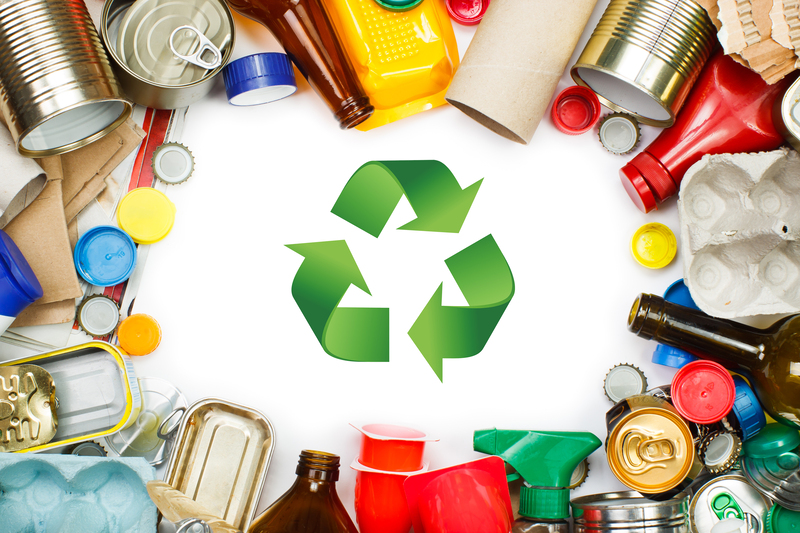In an era where sustainability is at the forefront of global discussions, metal recycling emerges as a critical component in enhancing energy efficiency. Recycling metals not only conserves our natural resources but also significantly reduces energy consumption across industries. This article delves into how metal recycling contributes to energy efficiency and its subsequent positive impact on the environment.
Understanding Metal Recycling and Its Importance
Metal recycling involves collecting and reprocessing scrap metals into useful materials without compromising their original properties. This process is vital, considering the limited availability of natural resources and the environmental challenges arising from raw material extraction.
Types of Metals Recycled
- Ferrous metals: These include iron and steel, which are magnets for recycling due to their wide use.
- Non-ferrous metals: Aluminum, copper, and other metals that do not contain iron. They are equally important in recycling efforts.
- Precious metals: Among these are gold, silver, and platinum, which are recovered from electronic waste and other substrates.

Energy Efficiency Explained
Energy efficiency refers to using less energy to perform the same task or produce the same outcome. When applied to industrial processes, energy efficiency means reducing energy consumption while maintaining productivity.
The Energy-Intensive Nature of Mining and Production
The traditional mining and extraction of metals are extremely energy-intensive processes. For instance, producing aluminum from bauxite ore comprises several energy-demanding stages such as electrical smelting, which contributes to a substantial carbon footprint.
How Metal Recycling Enhances Energy Efficiency
Recycling metals greatly reduces energy consumption compared to producing metals from virgin ore. This results in both direct and indirect environmental benefits.
Reduction in Energy Consumption
- Recycling aluminum saves up to 95% of energy compared to producing it from raw ore, as the smelting process used in production consumes a large amount of electricity.
- Recycling steel, the most recycled material in the world, saves around 60-74% of energy according to the steelmaking process used.
- Copper recycling conserves around 85% energy compared to extraction from mineral deposits.
The Cost-Efficiency Correlation
The energy savings achieved through metal recycling are directly proportional to reduced costs in production. As manufacturers incur lower energy expenses, they can transfer these savings to consumers, making products more affordable.
The Environmental Impact of Metal Recycling
Aside from boosting energy efficiency, metal recycling helps mitigate various environmental issues. Here's how:
Reduction in Greenhouse Gas Emissions
By recycling metals, industries reduce the need for energy capabilities, subsequently cutting down on fossil fuel consumption, which is a primary contributor to greenhouse gas emissions. For instance, producing aluminum from recycled waste results in 97% less greenhouse gas emissions than producing it from bauxite ore.
Conservation of Natural Resources
Recycling ensures that industries do not solely rely on virgin material extraction. This results in less deforestation, reduced ecosystem disruption, and conservation of water resources.
Economic Benefits of Metal Recycling
The energy efficiency and environmental gains from recycling metal resonate through to economic advantages.
Job Creation
The recycling industry, including metal recycling, is labor-intensive, providing job opportunities at various stages, from collection to processing. This builds a robust economic base domestically.
Revenue Generation
Recovered metals can be recycled indefinitely without degrading their properties. This infinite recyclability adds immense value to the recycled products, ensuring sustainable income channels for businesses.
Challenges in Metal Recycling
While metal recycling has numerous benefits, navigating specific challenges is crucial for maximizing its potential.
Separation and Contamination
Mixed recyclables or metals contaminated with other materials can compromise the quality of the recycled product, affecting its marketability and value.
Technology and Infrastructure
The effectiveness of recycling is contingent on having advanced technology and adequate infrastructure to support large-scale operations. Developing economies may face barriers in acquiring these necessities.

Future Prospects of Metal Recycling
The trajectory of metal recycling is promising, with evolving technology and policies paving the way for broader adoption and implementation worldwide.
Policy Support and Awareness
Increased government backing through beneficial policies and incentives can significantly bolster metal recycling efforts. Raising public awareness is also crucial in promoting responsible recycling behaviors among consumers.
Technological Advancements
Advancements in recycling technologies designed to address present challenges, like automated sorting systems and improved contamination handling, are set to transform the efficacy and scope of recycling ventures.
Conclusion
Metal recycling stands as a beacon of potential in revolutionizing energy efficiency and fostering environmental sustainability. From conserving energy and reducing greenhouse gas emissions to providing economic benefits, the role of metal recycling in meeting the challenges of our time is imperative. Encouraging metal recycling can lead to a greener, more sustainable future, with reduced dependency on virgin metal extraction and lower energy demands, propelling us towards a more energy-efficient world.